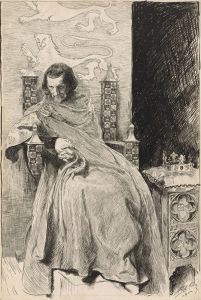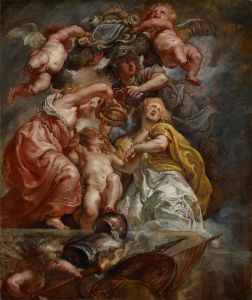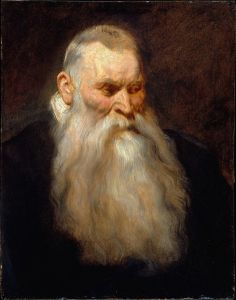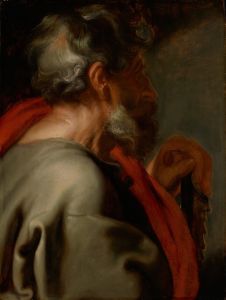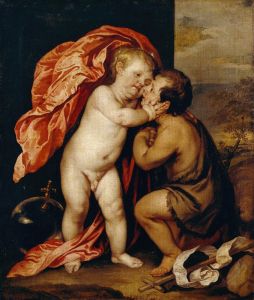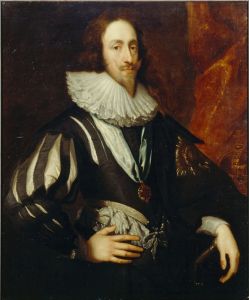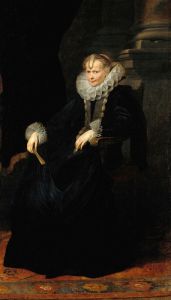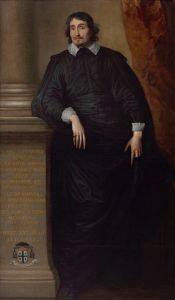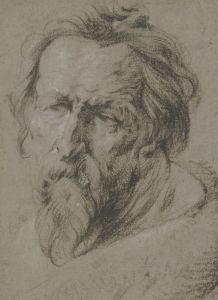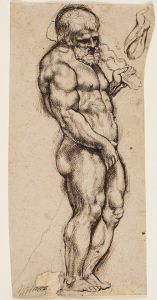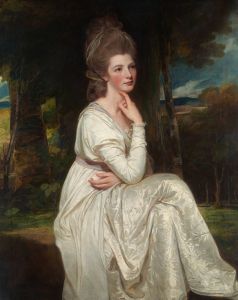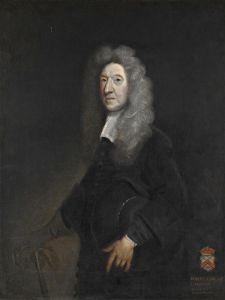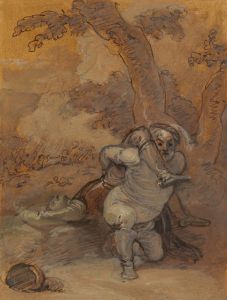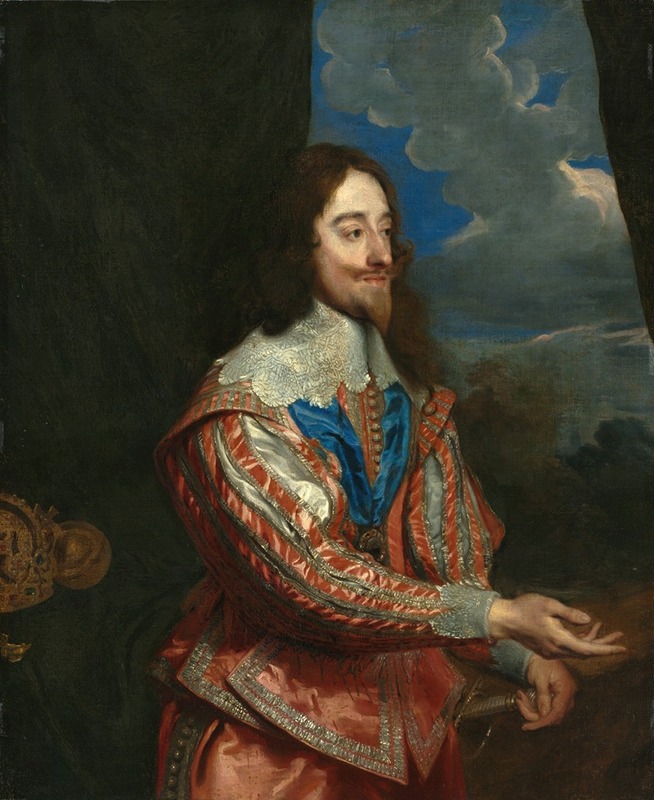
Portrait of Charles I
A hand-painted replica of Anthony van Dyck’s masterpiece Portrait of Charles I, meticulously crafted by professional artists to capture the true essence of the original. Each piece is created with museum-quality canvas and rare mineral pigments, carefully painted by experienced artists with delicate brushstrokes and rich, layered colors to perfectly recreate the texture of the original artwork. Unlike machine-printed reproductions, this hand-painted version brings the painting to life, infused with the artist’s emotions and skill in every stroke. Whether for personal collection or home decoration, it instantly elevates the artistic atmosphere of any space.
The "Portrait of Charles I" by Anthony van Dyck is a renowned painting that exemplifies the Baroque style and the artist's exceptional skill in portraiture. Anthony van Dyck, a Flemish Baroque artist, was one of the most prominent portrait painters of the 17th century. He became the leading court painter in England, where he gained fame for his portraits of King Charles I and his court.
This particular portrait of Charles I is one of several that van Dyck painted of the monarch. Van Dyck's portraits of Charles I are celebrated for their elegance and the dignified yet approachable depiction of the king. The paintings played a significant role in shaping the image of Charles I as a sovereign with divine right, a concept that was central to his reign.
In the "Portrait of Charles I," van Dyck captures the king in a manner that emphasizes his regal presence and authority. The painting typically portrays Charles I in a full-length format, often in a setting that reflects his status and power. Van Dyck's use of rich colors, intricate details, and a balanced composition contributes to the overall grandeur of the portrait. The artist's ability to convey texture and depth through his brushwork is evident in the luxurious fabrics of the king's attire and the subtle rendering of his facial features.
Van Dyck's portraits of Charles I are not only significant for their artistic merit but also for their historical context. They were created during a time of political tension in England, as Charles I's reign was marked by conflicts with Parliament that eventually led to the English Civil War. The portraits served as a tool for royal propaganda, reinforcing the king's image as a legitimate and divinely appointed ruler.
The "Portrait of Charles I" by van Dyck is housed in various collections, with some versions residing in major museums and galleries. Each version of the portrait may vary slightly in composition and detail, but all share the characteristic style and elegance that van Dyck brought to his work. The paintings are considered masterpieces of Baroque portraiture and continue to be studied and admired for their artistic and historical significance.
Van Dyck's influence on English portraiture was profound, and his work set a standard for court portraiture that persisted long after his death. His portraits of Charles I remain iconic representations of the king and are an enduring testament to van Dyck's skill and artistry. Through these works, van Dyck not only captured the likeness of a monarch but also contributed to the visual legacy of a tumultuous period in English history.





